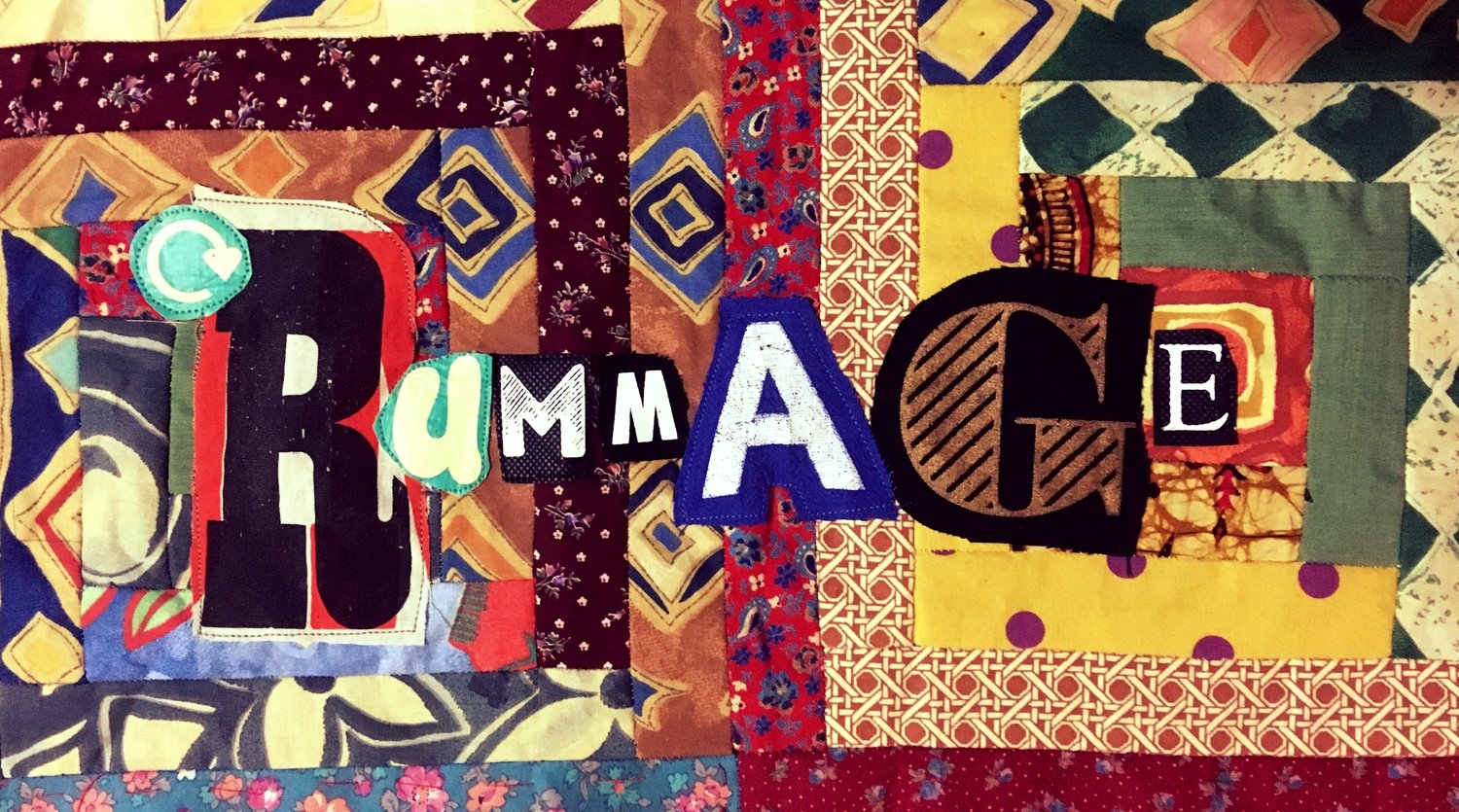Social Distancing before Social Distancing
Tents, Tuberculosis, Terror
This post relates to research I am currently doing for a book about anonymous letters which will be published after Rummage. However, it does feature reuse. I want to draw your attention to two documents (also see the transcriptions at the bottom of this post). The first is the anonymous letter sent by ‘disgusted’ of Station Grove, Northcote in November 1911. On its reverse side are notes made by the Public Health Department in Victoria, Australia, who reutilised the (rather thin) paper instead of using up extra paper or a new form. This was common for the time. It had the advantage that it reduced the chances of related bits of paperwork becoming separated. The second is the duplicated version of the internal response drawn up by the sanitary inspector for the district of Northcote in the same month.
‘Disgusted’ – the anonymous writer – complains about their next-door neighbours: the Hill family who lived at Railway Parade. In that respect, this is not a completely anonymous letter as the author could be honed down to a few people and might have been easily identifiable at the time by their handwriting. Unlike many of the letters I look at in Poisoned Words, identifying the writer was not the prime concern of the individual(s) who received it. The Hills had set up a tent in the garden. If we believe the nameless writer, this was done to house one of the family, who had tuberculosis (TB). The opening of the tent faced the writer’s kitchen door, who feared that winds would blow disease into the writer’s house. This had forced them to keep the house closed up. Suggesting that the tent be moved, the anonymous writer also mentions piles of rubbish which the neighbours had deposited by the fence. Local children were playing with the rubbish and strewing it around. The writer mentions that their own son was ill, and clearly feared the possibility that they could contract TB too. Signing off, ‘disgusted’ requested that the officers not go ‘hard’ on the neighbours, but stressed their desire for action.
A few days after receiving the letter, the Public Health Department forwarded it to the Town Council of Northcote, a suburb of Melbourne, ‘for what it is worth’. It landed on the desk of the Sanitary Inspector for Northcote, whose office hours appeared to be one hour between 9 and 10 am. Sanitary inspectors had oversight of local issues associated with sanitation, public health and nuisances, like environmental health officers today. The house in question was visited, but the inspector found no patient with TB. They also discovered that the tent was used as a sleeping compartment, and that the opening did not face the kitchen door. They could find ‘nothing that would cause any nuisance’.
I especially like these two documents because they combine themes from across my research: in Hubbub I wrote about sensory disgust in the urban environment; the focus of Cheek by Jowl was neighbouring – especially the ways that neighbours could fall out over the use of space; in Rummage I look at reuse; in my next book, for Oxford University Press, I examine anonymous letters and their historical contexts.
Oliver’s Paddock, Central Northcote [cartographic material] [Melbourne: s.n.] [1888?], State Library Victoria 2180215

![Oliver’s Paddock, Central Northcote [cartographic material] [Melbourne: s.n.] [1888?], State Library Victoria 2180215](https://images.squarespace-cdn.com/content/v1/5bdf2f3f0dbda3230ba953cb/1584807125036-5NXLFGUIQSEED9YDXOQU/Station%2BGrove%2BNorthcote%2Bmap.jpg)